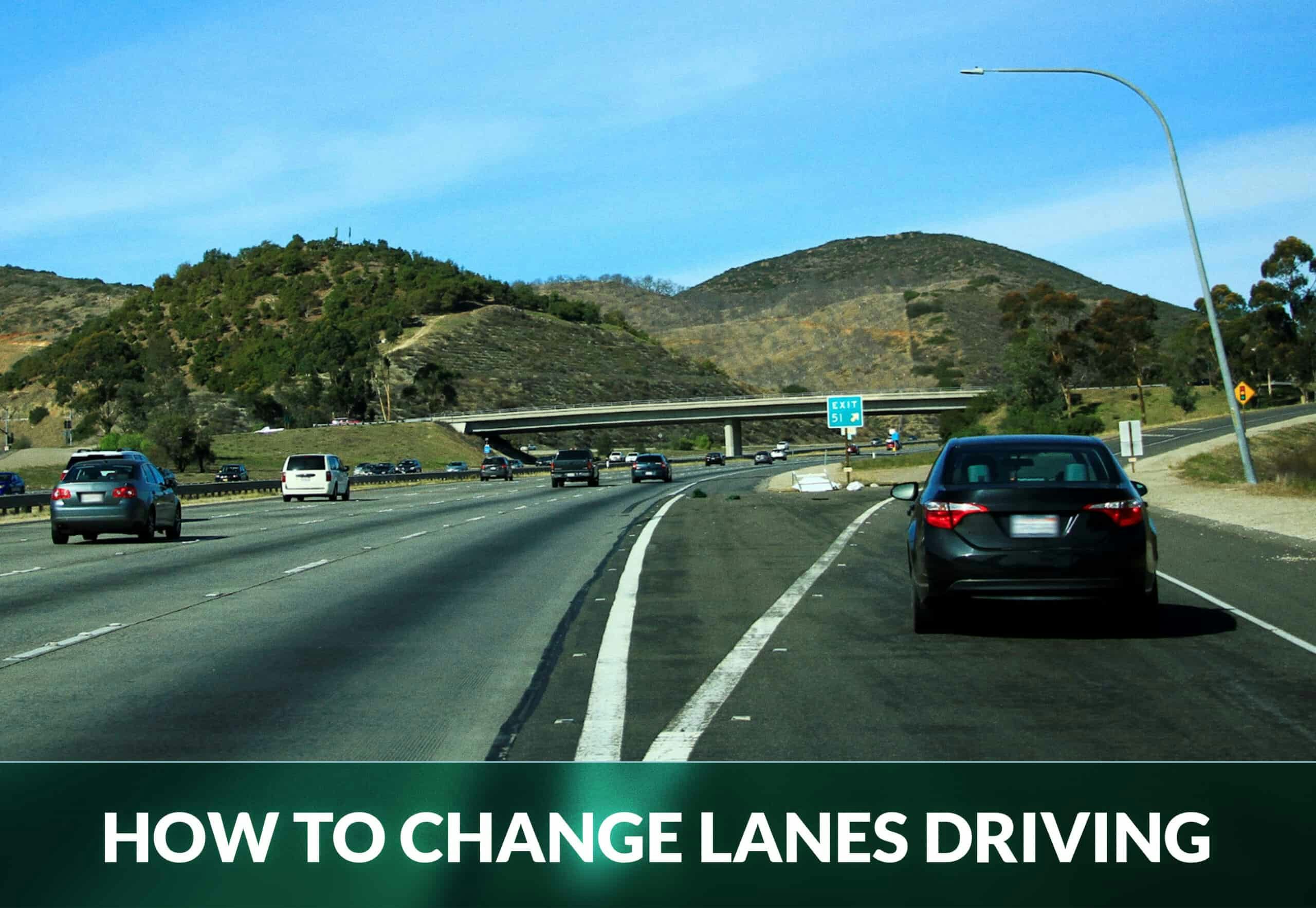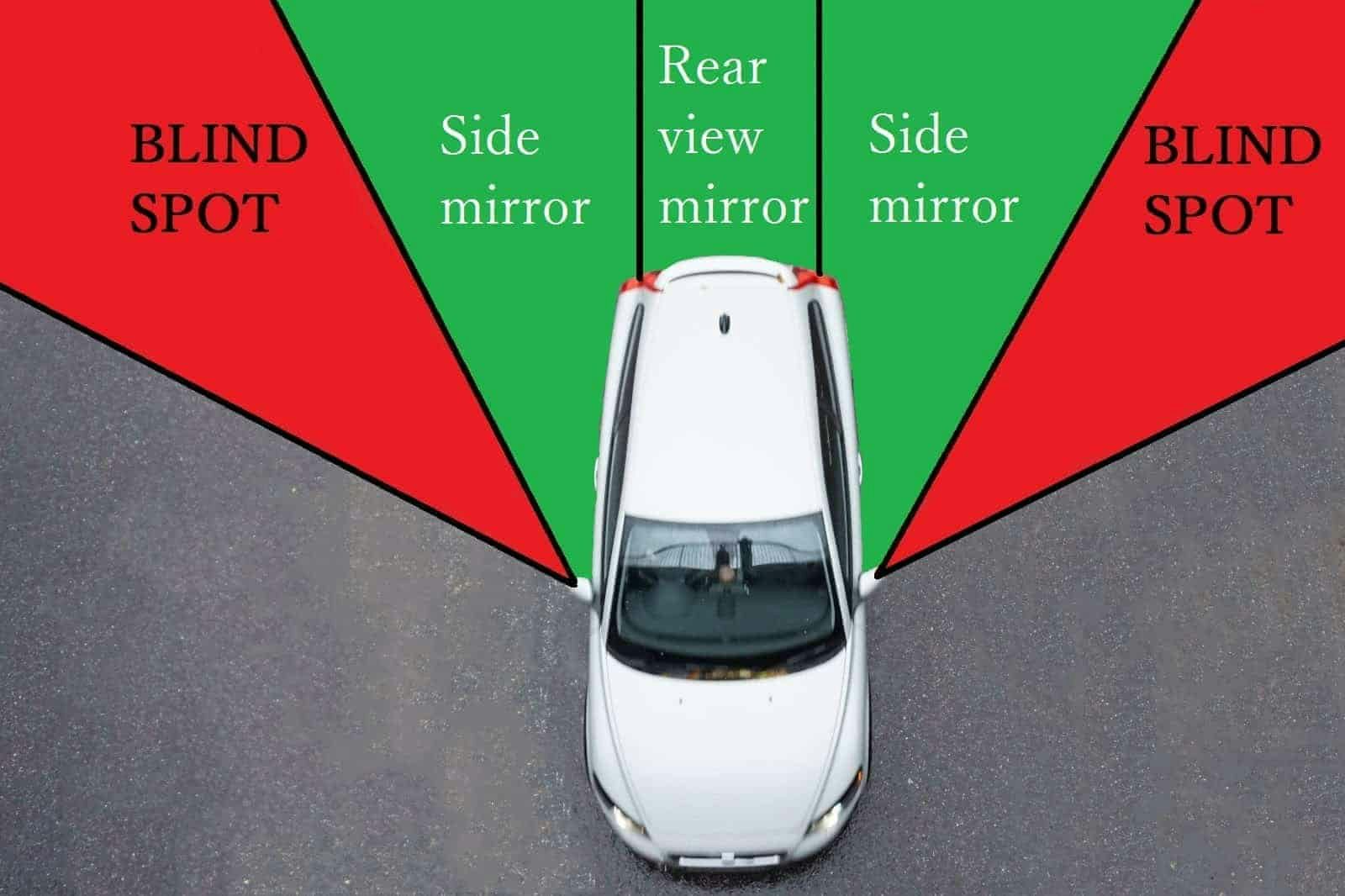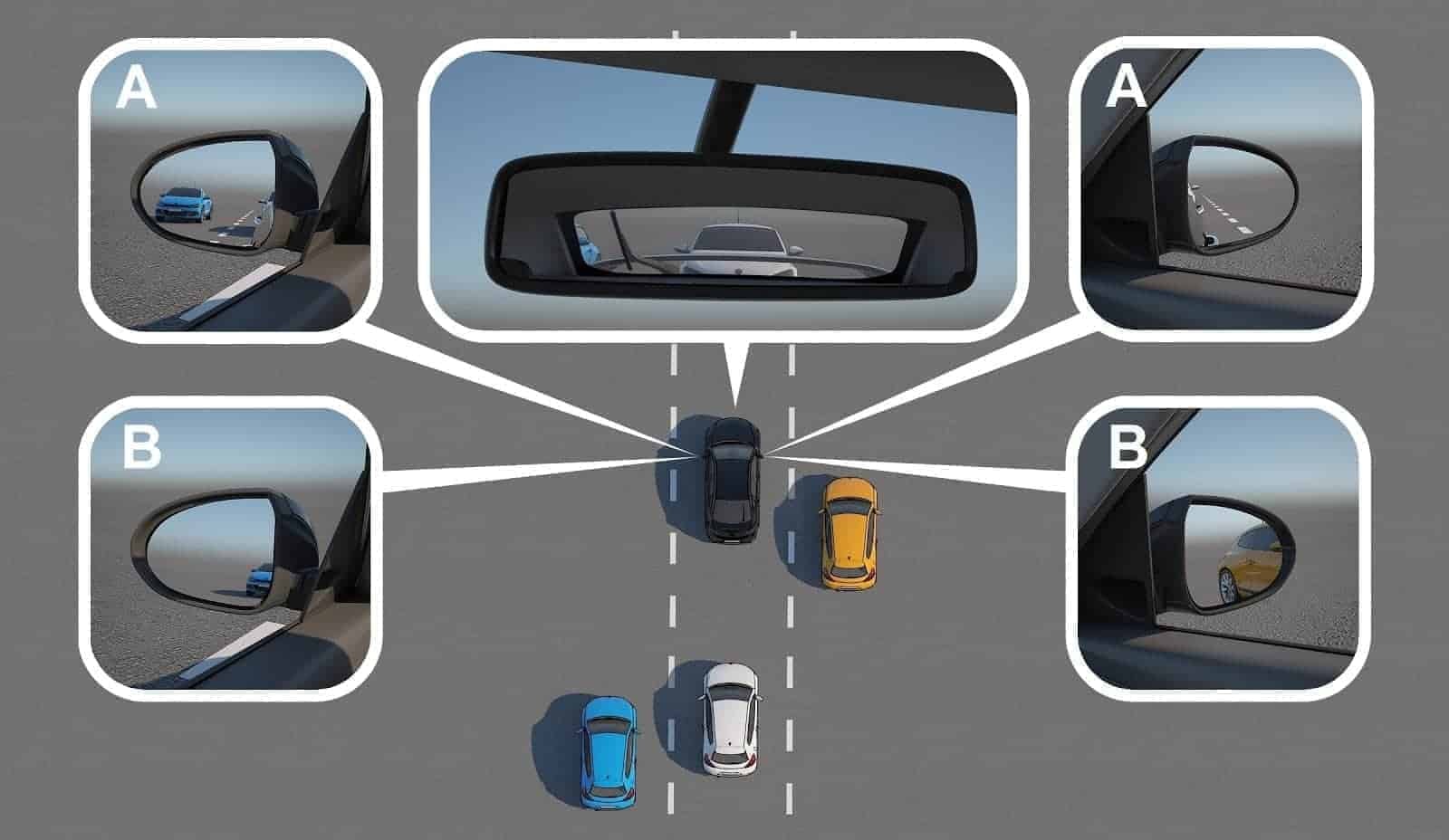
How to Change Lanes Correctly When Driving: Learn Common Mistakes and Avoid Accidents
One of the most common causes of accidents is a result of drivers incorrectly changing lanes. You need to follow the legal and proper lane-changing techniques every time you change lanes, even if you can’t see any other vehicles nearby. On any given drive, you are likely to change lanes multiple times.
6 Tips How to Change Lanes Safely
1 – Signal the lane change
Not signaling is one of the most common and easily avoidable driver mistakes. You signal to let other drivers and road users know of your intention to change lanes. By signaling, you give other drivers time to prepare themselves that you will switch from one lane to another and they can then give you space to do so.
Keep in mind that signaling doesn’t grant you the right-of-way over other road users, it simply gives other road users time to adjust for your change in direction. Signal even if you think you’re alone. It’s the vehicle you can’t see that presents the greatest danger.

For how long should you signal?
You must always signal for long enough to give sufficient warning to other road users. How long depends on each situation. Always check that your indicator has canceled after turning.
While signaling early is preferred in most cases, it can be dangerous if there is more than one opportunity to turn. For example, signaling before an intersection to indicate a turn just after the intersection can make another driver falsely assume that you will make a turn in the intersection – they can pull out in front of you and cause a crash.
2 – Check your rearview and side mirrors
Before changing lanes, you need to check your mirrors and make sure the other lane has plenty of space for you to move into. It may be better to wait if there are other vehicles in the lane.
3 – Check your blind spot
Blind spots are areas that can only be seen by looking over your shoulder, i.e. doing a “shoulder check”. A lot of crashes occur due to drivers failing to check their blind spots before changing their road positioning.
It is very important that you check your blind spot before changing lanes. Never drive in another driver’s blind spot for an extended time as they won’t be able to see without doing a “shoulder check”.

4 – Switch lanes
After you have ensured that the lane you intend to enter is clear, slowly steer into the other lane. There is no need to hurry once you have started the turn – don’t make an unsafe lane change because you are in a hurry or stressed. Take your time so the lane change is safe, but don’t prolong it more than necessary for safety.
5 – Turn off your signals
After you have switched lanes, it’s time to turn off your turn signal lights. Some drivers fail to turn off the turn signals which can lead to unnecessary confusion.
6 – Plan your route in advance
The number one tip we can give in regards to changing lanes is weirdly enough to not change lanes more often than you have to. By planning your route in advance you will know which lane you should be positioned in and where you need to change lanes to complete a turn.
Simply put; planning your route will save yourself the trouble of changing lanes in busy traffic and remove most of the last-minute lane changes you may otherwise make.
What NOT to Do When Changing Lanes
We have explained what you should do when changing lanes, but it’s equally important to know what NOT to do. Here are 4 examples of what not to do when changing lanes.
1 – Forgetting to Activate/Deactivate Turn Signals
When you forget to deactivate your turn signals, other drivers may still expect you to make a turn in the direction your turn signals are indicating. This can be very dangerous and potentially result in an accident. For example; if you are signaling left but driving straight ahead, a vehicle may turn in front of you and cause a head-on collision.
Don’t just look at the turn signals of other vehicles. The other driver might have forgotten to turn the indicator off or is indicating too early. What you should do is to wait and see whether the signaling vehicle actually starts to turn. The same goes for intersections – look if the driver is slowing down before assuming that he or she is about to turn.
2 – Wrong Setting On Mirrors
The mirrors should be positioned so you can scan the area around your vehicle without changing your position. The only place the mirrors won’t cover when properly adjusted is the blind spot, i.e. the shoulder-check spot.
If your mirrors are not adjusted properly you risk making a lane change or turn across the path of a vehicle you simply can’t spot in your mirrors or blind spot.

3 – Slowing Down Before Changing Lanes
A lane change is a natural part of driving that should not slow down or disrupt the flow of traffic. Maintain your speed as you merge into a new lane. Once you have successfully merged into the new lane, you can then adjust your speed (slow down or speed up) depending on the speed of the new lane.
4 – Moving out too early
You should not change lanes if the vehicle behind you has already started to change lanes or moved to pass you. Check for hazards before you move out to avoid being surprised and put in a potentially hazardous situation.

Avoid beginner mistakes with expert advice
Build road test confidence and reduce anxiety
Make at-home lessons a success with our parent guide
Recommended articles
Ace your DMV test, guaranteed
Want to Be the Top School in Your Area?
- Simple & automated admin
- More time for teaching
- #1 learning materials for students


